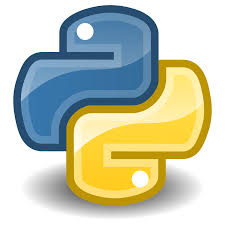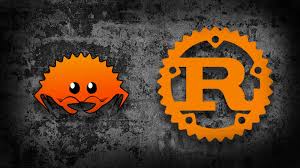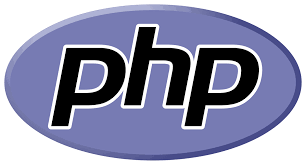The “best” programming language for 2025 will depend on your goals, the industry you’re working in, and the kind of projects you want to pursue. Here’s a breakdown based on key trends and use cases for the coming year:
1. Python
- Why: Python continues to dominate due to its versatility, simplicity, and vast ecosystem of libraries.
- Best For:
- Data Science, AI, and Machine Learning
- Web Development (using frameworks like Django or Flask)
- Automation and Scripting
- General-purpose programming
- Job Trends: AI/ML and data-related roles are still growing, ensuring Python remains highly in demand.

2. JavaScript
- Why: The backbone of web development, JavaScript’s ecosystem is constantly evolving with libraries and frameworks.
- Best For:
- Frontend Development (React, Angular, Vue.js)
- Backend Development (Node.js)
- Full Stack Development (MERN/MEAN stacks)
- Emerging Tech: Web3 and blockchain are often built using JavaScript.

3. Go (Golang)
- Why: Designed for performance and scalability, Go is ideal for cloud-native and microservices architectures.
- Best For:
- Cloud Computing (Kubernetes is written in Go)
- DevOps and Infrastructure tools
- Backend services with high performance requirements
- Trend: As cloud and containerization (e.g., Docker) grow, Go is becoming increasingly essential.

4. Rust
- Why: Rust is known for safety, performance, and its ability to replace C/C++ in system-level programming.
- Best For:
- System Programming
- Game Development
- WebAssembly and Edge Computing
- Blockchain development
- Trend: With its adoption by major companies (e.g., AWS, Microsoft), Rust will see a strong demand in 2025.

5. TypeScript
- Why: TypeScript builds on JavaScript with static typing, making it more reliable for large projects.
- Best For:
- Frontend and Backend Development
- Enterprise-Scale Applications
- Any JavaScript-heavy project
- Trend: TypeScript adoption is rising as companies value maintainability and reduced runtime errors.

6. Java
- Why: Java remains relevant due to its robustness, scalability, and extensive use in enterprise environments.
- Best For:
- Backend Development (Spring Framework)
- Mobile App Development (Android)
- Big Data (Hadoop, Spark)
- Trend: New features in modern Java versions (like Java 21) keep it up-to-date for developers.

7. Kotlin
- Why: Preferred for Android development, Kotlin is a modern alternative to Java.
- Best For:
- Mobile App Development
- Server-side applications
- Trend: With Google’s backing for Android, Kotlin remains a solid choice.

8. C#
- Why: C# is key for Microsoft technologies and game development.
- Best For:
- Game Development (Unity)
- Web Development (ASP.NET Core)
- Enterprise software
- Trend: Growing popularity of cross-platform development tools like .NET MAUI makes C# more versatile.

9. PHP
- Why: Still widely used in web development, especially for legacy and WordPress projects.
- Best For:
- Content Management Systems (e.g., WordPress, Joomla)
- E-commerce Platforms
- Trend: PHP remains relevant for maintaining and updating existing websites, though not as trendy for new projects.

10. Swift
- Why: Apple’s preferred language for app development.
- Best For:
- iOS and macOS development
- Trend: Continued dominance in Apple’s ecosystem makes Swift critical for mobile app developers targeting iOS.

Emerging Technologies and Languages
- Web3 & Blockchain: Solidity (for Ethereum smart contracts).
- AI & Data: Julia (for high-performance numerical computing) and R.
- Low-code/No-code: For rapid prototyping, platforms supporting these languages will grow.
Key Advice for 2025
- Focus on Ecosystems: Full-stack and cross-platform frameworks (e.g., JavaScript/TypeScript with React, Node.js, and Next.js) are growing.
- Emerging Trends: Cloud-native tools (Go, Rust) and AI/ML development (Python, Julia) will be pivotal.
- Prioritize Learning Basics: Knowing fundamental programming concepts (like OOP, data structures) is more important than picking the trendiest language.

